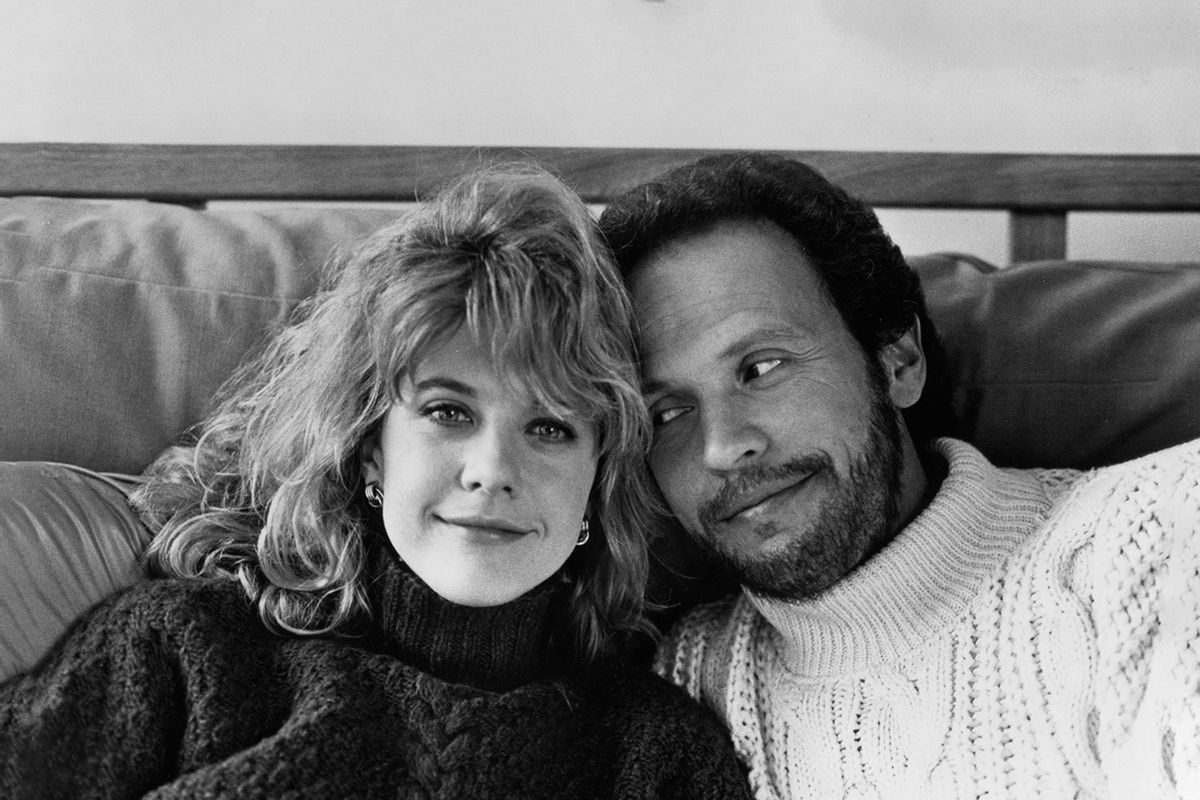Physical Address
304 North Cardinal St.
Dorchester Center, MA 02124
Physical Address
304 North Cardinal St.
Dorchester Center, MA 02124


Maybe we’ve been searching for the wrong answers from “When Harry Met Sally.” The plot famously centers on whether men and women can truly be friends, a question posed by Billy Crystal’s Harry Burns during an 18-hour road trip to New York with Sally Albright, played by Meg Ryan. Harry confidently claims that male-female friendships are impossible “because the sex part always gets in the way.”
Nora Ephron’s script didn’t introduce a novel idea but rather focused on witty banter and the “will they/won’t they” dynamic, without much disguise. By the end of the film, Harry and Sally do become friends, then lovers, leading to a typical romantic comedy conclusion—”happily ever after.”
Decades after its release, “When Harry Met Sally” still sparks debate. Today, many people have platonic friendships with the opposite sex, yet Harry’s assertion remains compelling to some. It also reflects a now-uncommon form of romance where two relative strangers naturally get to know each other without digital interference.
Watching the film recently, I viewed it through the lens of a middle-aged woman whose single friends often recount dating horror stories. In a world dominated by dating apps and social media, forming real connections has become a game. Apps promising to help women find meaningful relationships often fall short, circumnavigated by men with dubious intentions.
Conversely, stories of male loneliness frequently surface. Statistics reveal that men, particularly middle-aged ones, struggle more than ever to form connections. According to a 2024 Survey Center on American Life report, only 56% of Gen Z adults and 54% of Gen Z men had been in a romantic relationship as teenagers. A striking 44% of Gen Z men reported having zero relationship experience during their teen years.
These numbers echo a 2018 Cigna Group and Ipsos study, which found Gen Z and Millennial adults lonelier than older generations. Census Bureau data analyzed by the Pew Research Center in 2021 showed that a quarter of American adults report never having been married, reflecting the modern shift in relationship dynamics.
What makes “When Harry Met Sally” evergreen might not be its romance but the way Harry and Sally get to know each other. Their dynamic with friends also plays a crucial role—Sally with her confidante Marie, and Harry with Jess, his equally assured buddy.
The New York setting also can’t be ignored. The city’s small apartments force residents into public spaces, increasing the chances of meeting like-minded people. Harry and Sally’s bookstore encounter, years after their initial trip, feels organic. Both are freshly heartbroken, setting the stage for genuine reconnection.
Marie’s subtle acknowledgment of Harry’s vulnerability when he’s spying on them from a bookstore aisle adds another layer of realism. These moments, where Harry and Sally chat, stroll, and bond over meals, cement their familiarity.
As their friendship deepens, they candidly point out each other’s flaws and gradually accept them. This scenario brings home the reality that today’s shared experiences might happen via video calls rather than landlines or bookstore aisles. Technology has altered our social landscapes significantly, making authentic, spontaneous connections rarer.
The Cigna study suggests that social media isn’t the sole culprit for loneliness; disconnects from family and close social ties also play significant roles. This was exacerbated by the pandemic, which further isolated people. A YouGov tracker poll from July 3, 2024, revealed that 21% of adults hadn’t reserved an hour for socializing in the past week, though 19.6% reported socializing daily.
Despite everything, serendipitous encounters do occur. Yet, with the ease depicted in classic films now seeming far-fetched, meeting people has become daunting. Anya Haas’s viral TikTok on her disheartening dating experiences paints a gloomy picture. After seven years of being single, she hoped simply to meet new people but faced public scrutiny and disappointment.
Ephron, who passed away in 2012, might have insights into this dating conundrum. In a foreword to the book adaptation of “When Harry Met Sally,” she reflected on male and female friendships, asserting that men generally don’t seek such bonds due to a lack of interest in understanding women. Women, on the other hand, often strive for these friendships in hopes of better understanding men.
Today, many have grown weary of the dating scene, opting out to avoid disappointment. Streaming provides an easy escape into cinematic romances with predictable endings. Yet, the enduring charm of “When Harry Met Sally” lies in its authentic portrayal of intimacy and friendship, meticulously developed over time.
Could answering what we’ve lost in the past 35 years shed light on the enduring appeal of Harry and Sally’s story? Perhaps understanding that might help reduce the number of strangers in our lives, offering a glimmer of hope in forming real, lasting connections.
Source: Particle News, The Cut, YouGov



